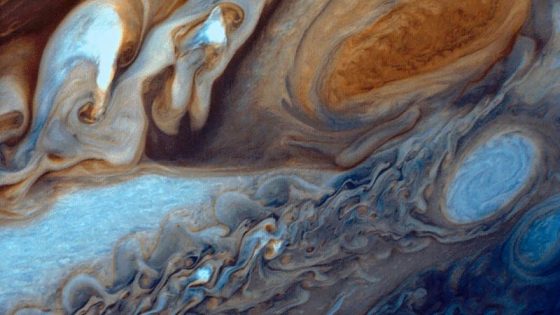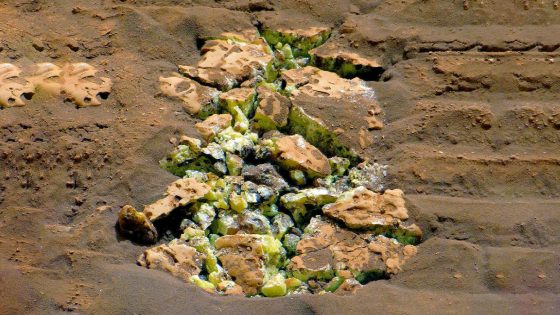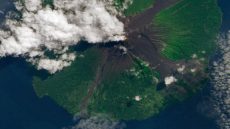Scientists recently uncovered a fascinating phenomenon: internal rain on planets like Neptune and Uranus. This discovery, made on April 1, 2025, reveals how extreme conditions can cause hydrogen and water to mix and separate, reshaping our understanding of planet formation. Could this change how we view the habitability of distant worlds?
- Internal 'rain' reshapes planet formation understanding
- Hydrogen and water mix under extreme conditions
- Uranus and Neptune's heat emission differences explained
- Exoplanet habitability assessments may change
- Traditional planetary models may be outdated
- Quantum simulations enhance planetary chemistry exploration
How Internal Rain Affects Planet Formation and Evolution
What if the very structure of planets is more dynamic than we thought? Recent simulations reveal that under high pressure and heat, hydrogen and water can mix, creating an internal rain that influences a planet’s evolution.
Understanding Neptune and Uranus: A New Perspective
The new findings provide insights into why Neptune emits more heat than Uranus, despite their similarities. This difference may be due to varying degrees of internal rainout, which affects thermal activity.
Key Insights on Planetary Dynamics and Habitability
These discoveries challenge traditional views of planetary interiors. Researchers suggest that instead of being distinct zones, the interiors of planets are more interconnected. This has significant implications for how we assess their habitability.
- Internal rain may alter the chemical structure of planets.
- Heavier water molecules sink, while lighter hydrogen rises.
- This process releases heat, affecting thermal evolution.
- Exoplanets with hydrogen-rich atmospheres may behave unexpectedly.
Implications for Exoplanets and Earth 2.0
What does this mean for the search for Earth-like exoplanets? The research suggests that planets like K2-18 b and TOI-270 d may not have distinct atmospheric layers if their interiors remain hot. This could lead US to rethink their potential for supporting life.
The Role of Quantum Simulations in Planetary Science
Using advanced quantum simulations, scientists can replicate the extreme conditions found inside planets. This innovative approach allows researchers to explore planetary chemistry in ways traditional experiments cannot.
In summary, the concept of internal rain could revolutionize our understanding of planetary science and the search for habitable worlds. As we continue to explore the cosmos, these insights may lead us closer to finding our next Earth 2.0.

































